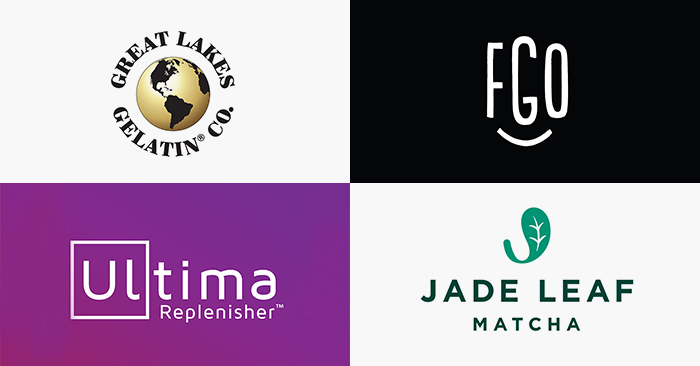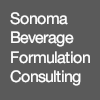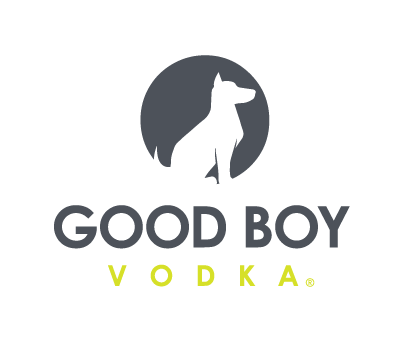Vega Investor Discusses Portfolio Strategy

Vega could be in for some retooling.
Last week private equity fund WM Partners acquired the performance nutrition brand from previous owner Danone. The deal is part of the firm’s strategy to acquire synergistic brands and then “build operational excellence” in order to better position them for sale to a strategic buyer.
The Vega deal, which is expected to close later this year, was the fourth investment out of the firm’s second fund, which already included nutraceuticals like powdered collagen brand Great Lakes, hydration powder Ultima, tea company Jade Leaf Matcha and superfood powder and tea brand FGO.
Vanessa Gabela, principal at WM Partners, said that the vegetable protein brand has a strong presence in the natural channel but still could improve sales on ecommerce platforms and through expanded distribution into conventional retailers. Though the firm does not yet have plans for potential product innovations, Gabela said the team is open to all “high growth” categories.
Until now, Vega has grown largely as a powder and bar brand, and though it has attempted to enter other sections of the store (such as yogurt) under its current ownership. Meanwhile, other protein-centered brands such as Quest Foods, acquired by the Simply Good Food Company last year, have entered multiple categories including frozen, confection and snacking.
Vega recently launched a new functional line, Hello Wellness, that broadens Vega’s focus beyond plant-based protein to other benefits such as gut health and brain health. The fund is interested in exploring those use cases, Gabela added.
“The opportunity is expanding into [new] channels, it’s strengthening that active lifestyle consumer,” Gabela said, “[It’s] not being so targeted, which I think has been a little bit of what Vega was focused on in the past.”
Product positioning and channel strategy are two of the fund’s strengths, Gabela said. She added that the firm looks for synergies between companies, which allows them to “leverage the strength” of each individual brand, while looking to others for support in areas where they can use improvement. Assistance from WM Partners, which Gabela says is very hands-on, could also include pricing, building digital capabilities, new distribution channels and COGS reduction.
The firm’s Fund I, which was $307 million, saw the group first acquire supplement brand Nutrinext and then grow that portfolio to a total of nine brands. Using the strategy of focusing on operational and sales efforts, WM Partners ultimately grew sales to $200 million and sold the combined entity to the Clorox company in April of 2018 for $700 million. It was able to achieve this goal, in part, because the firm’s founders all have operational and CPG company management experience themselves, Gabela said.
For Fund I the firm had all brands utilize Nutranext as their manufacturer. Using a centralized manufacturer for its Fund II brands may not be necessary, Gabela said, as simply being able to approach a powder copacker with a larger order can help reduce costs. The same goes for centralizing back-end operations with one company. In Fund I all finance, HR, sales and operations were run through Nutranext, with each brand having its own marketing team, but the firm is still determining the best organizational structure for Fund II.
Though all the brands currently owned by Fund II see the bulk of their revenues come from beverage powders, they may not ultimately be rolled up together. WM Partners plans to acquire other lower middle market brands in the “natural consumer health space,” focusing specifically on functional foods, natural remedies and natural personal care, and is still determining where Vega best sits.
The ultimate goal is to either scale the brands individually until they are large enough to be acquired or sell them as a package to one buyer. Gabela said there is a demand from large conglomerates for brands targeting health and wellness, but often the companies are simply too small on their own to fit into such a large corporate structure well. Other times, brands may have an innovative concept, she said, but need to “professionalize” their back end efforts in order to be appealing to a buyer.
“These strategics…are so large that for them to buy a small brand, a lower middle market brand, is not that feasible because it doesn’t really fit through their structure,” Gabela said. “The scale matters.”


















